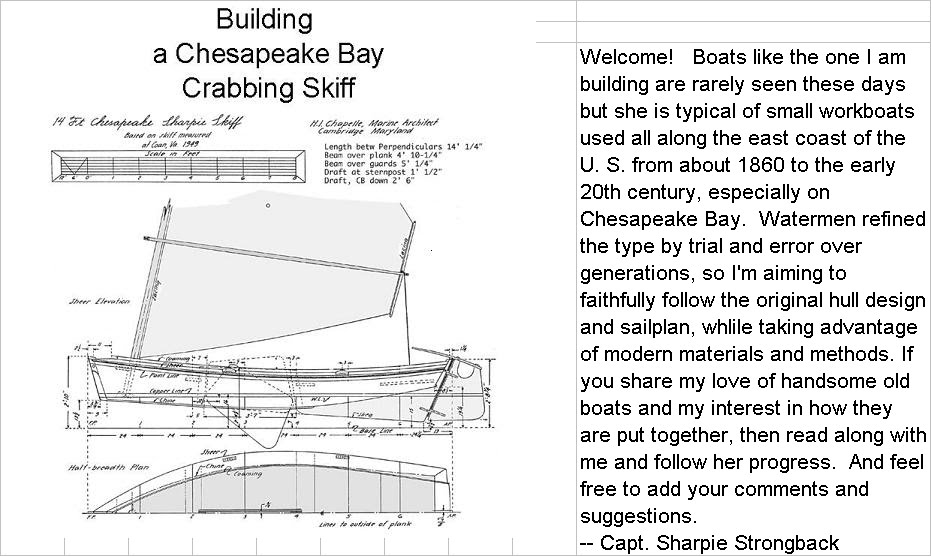Today I glued and screwed the coaming permanently in place, cleaned up excess adhesive around the joints, then filled the many screw and nail holes which peppered the coaming pieces from their construction and installation. I had already sealed the end grain of the plywood lamination at the top and bottom edges, but I added another coat of sealer epoxy to the top edge after the coaming was installed. The next step is to sand the coaming ready for finishing. Then I'll be ready to attach the deck.
I took my time to get the coaming installation right, but I had a little time left on the day, so I worked on the rudder. One side and all the edges were previously covered with polyester fabric. I sanded those parts smooth and prepared the other side to be covered with fabric set in epoxy. I stretched the fabric over the uncovered side and secured it in place with package sealing tape on the opposite side. I stopped short of applying epoxy today. Tomorrow or whenever, I'll apply epoxy to the cloth, wait until it is halfway hardened, then cut away the excess at the edges and apply a second coat of epoxy. That's what I did on the first side, and it worked out well. After the second side cures, I can add a finish layer of epoxy if needed, install the hardware, hang the rudder, and strike a waterline for painting. Then I'll make the aft portion of the tiller to fit over the two tabs at the top of the rudder and attach that to the forward part of the tiller which I already have. Note the dizzying pattern the weave of the fabric makes in the picture.
Finally today, I took the first step in rigging the boat. The masthead is very slender, as the plans call for, but I do not want to compromise its strength by cutting a slot for a halyard sheave or drilling holes to screw or bolt on hardware. Instead, I made a loop of 3/16" nylon line (planning the length carefully), short-spliced the ends together, then wrapped it into a double loop on the mast and tightly seized one part of it into a smaller loop to accommodate the halyard block shackle. If I made it tight enough, and I think I did, it will hold firmly in place when the halyard is brought up tight. The shackle as shown needs to be turned around. The picture was taken after dark and you can see dew already forming on the mast.




No comments:
Post a Comment